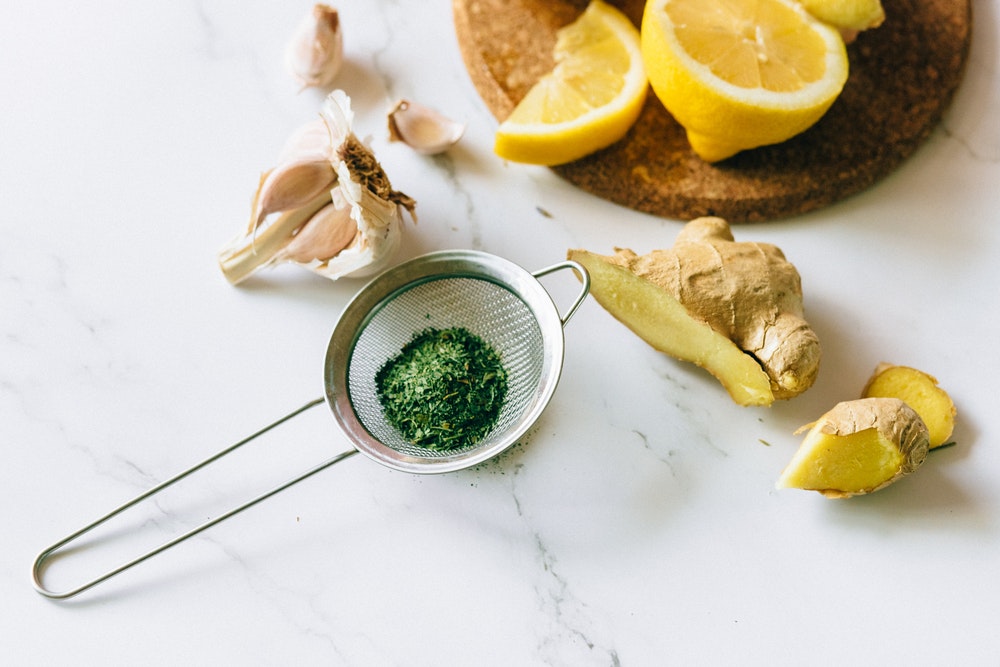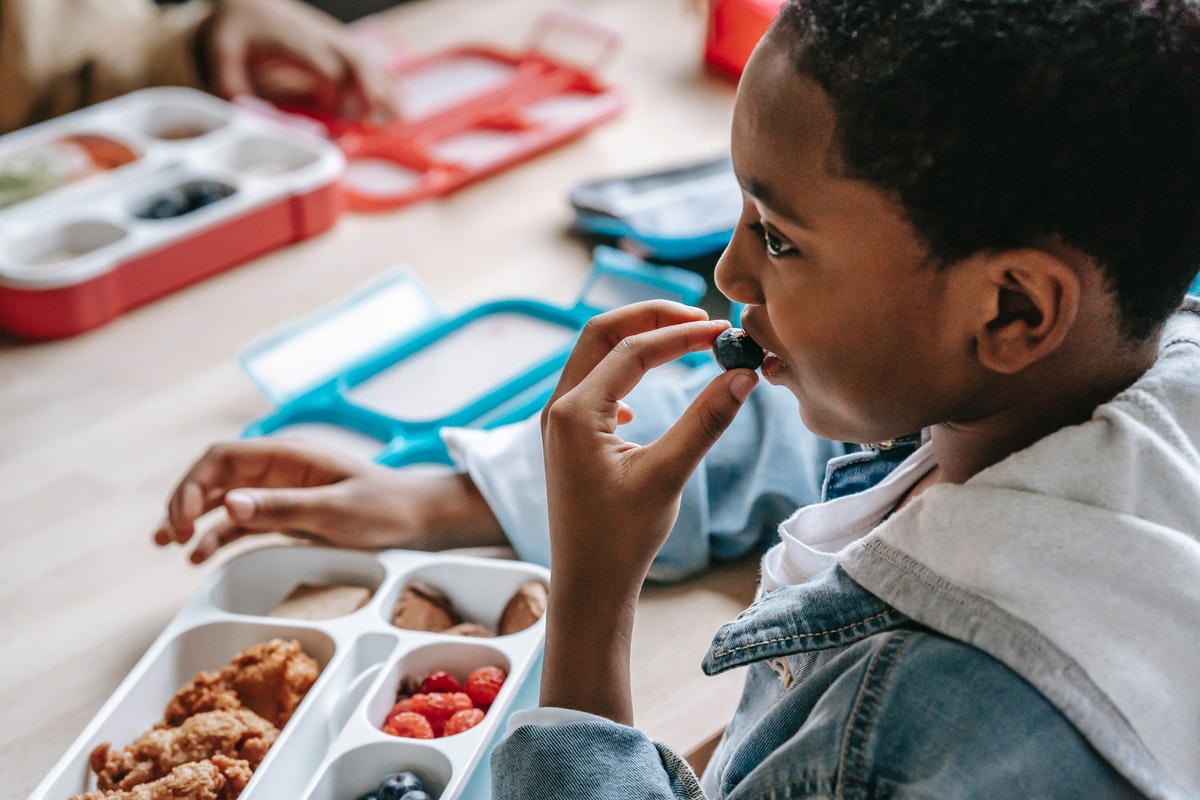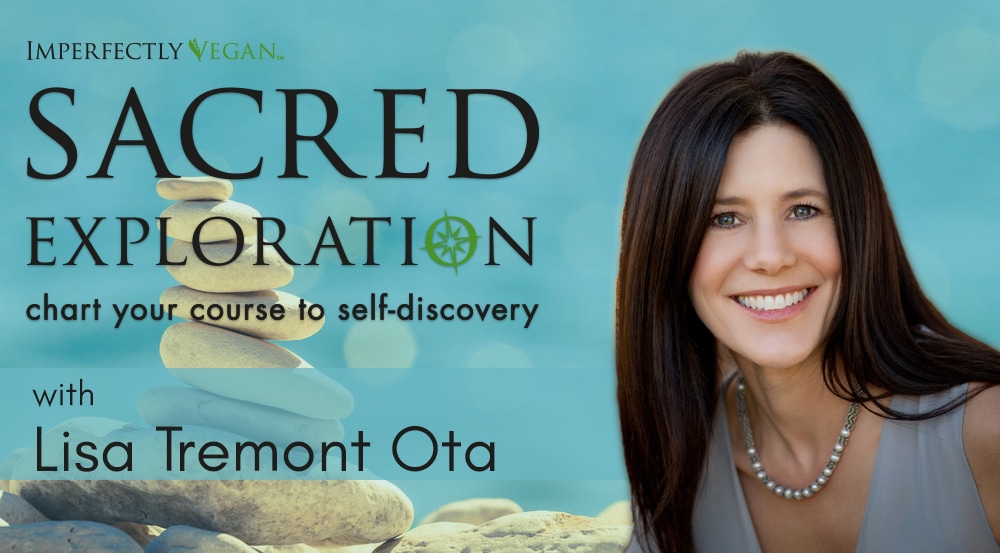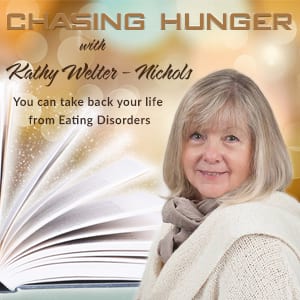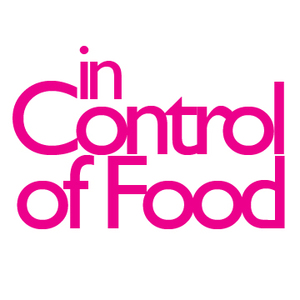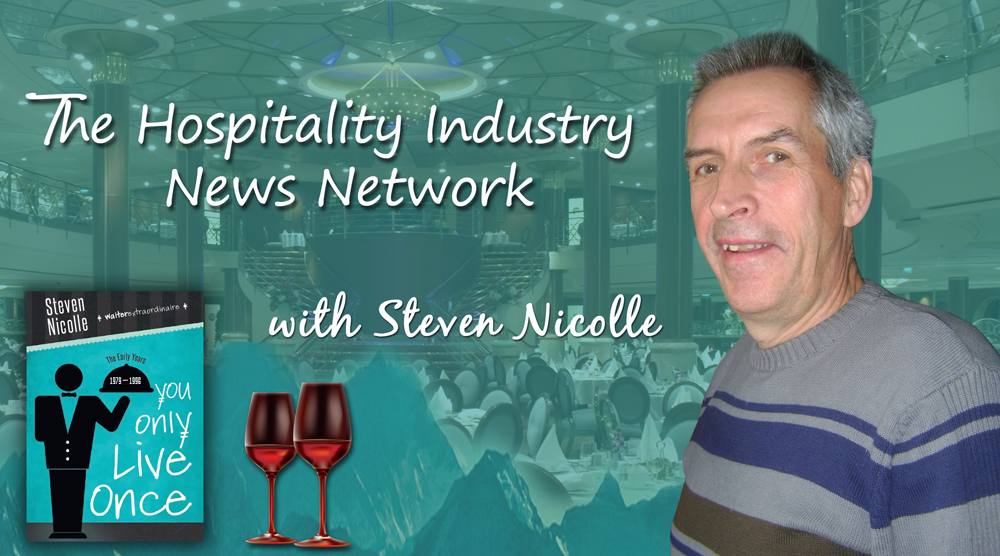3 Essential Herbs With Powerful Health Benefits
Since ancient times herbs have been used and consumed for their medical benefits. Consuming herbs...
Read Moreby VoiceAmerica | Dec 16, 2021 | Health & Wellness | 0 |
Since ancient times herbs have been used and consumed for their medical benefits. Consuming herbs...
Read Moreby VoiceAmerica | Dec 2, 2021 | Health & Wellness | 0 |
According to research, breakfast consumption yields not only one but a range of benefits for...
Read Moreby VoiceAmerica | Aug 22, 2021 | Health & Wellness | 0 |
Don’t miss the Inspirational Stories Series on Anti Aging Unraveled where this week, Wed., August...
Read Moreby VoiceAmerica | Feb 24, 2018 | Kids | 0 |
“Art enables us to find ourselves and lose ourselves at the same time.” —Thomas Merton • Host of...
Read Moreby VoiceAmerica | Feb 23, 2018 | Empowerment | 0 |
I had the great pleasure and honor of having Dr. Will Tuttle, author of The World Peace Diet, on...
Read Moreby VoiceAmerica | Dec 18, 2017 | Empowerment | 0 |
The first alcoholic drink is consumed at an average age of 12 in the USA. The earlier drinking...
Read Moreby VoiceAmerica | Nov 23, 2017 | Empowerment | 0 |
Thanksgiving presents an opportunity to express our gratitude for food, even if to say...
Read Moreby VoiceAmerica | Dec 20, 2016 | Health & Wellness | 0 |
Take back your life, with these easy to learn tools you can use forever more. Gain self control,...
Read Moreby VoiceAmerica | Apr 19, 2016 | Empowerment | 0 |
How Hypnotherapy helped a 57 YEAR OLD FEMALE WHO HAS TO STOP FOR FOOD WHEN IN THE CAR DRIVING, AND...
Read Moreby VoiceAmerica | Nov 12, 2015 | Variety | 0 |
Adam Rozen knows a thing or two about matching food with beverages. How about matching flavored...
Read Moreby VoiceAmerica | Sep 14, 2015 | Business | 0 |
Cheryl Esposito welcomes Geneen Roth, bestselling author of Women Food and God: An Unexpected Path...
Read Moreby VoiceAmerica | Aug 14, 2015 | Empowerment | 0 |
âI value my garden more for being full of blackbirds than of cherries, and very frankly give...
Read More

